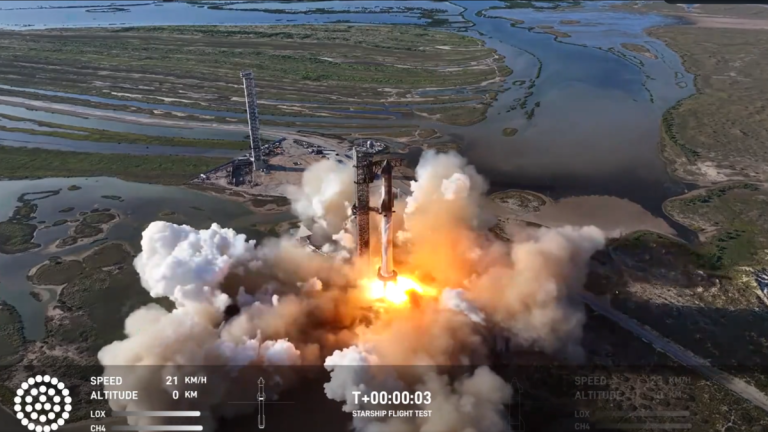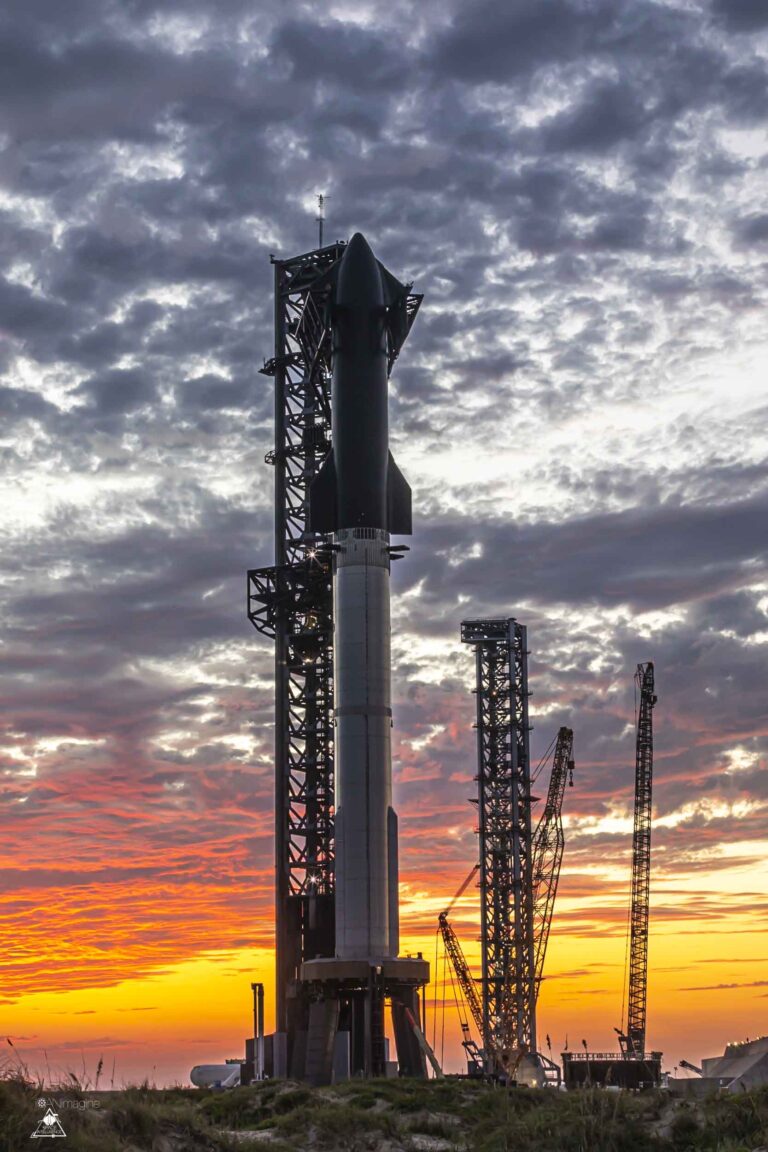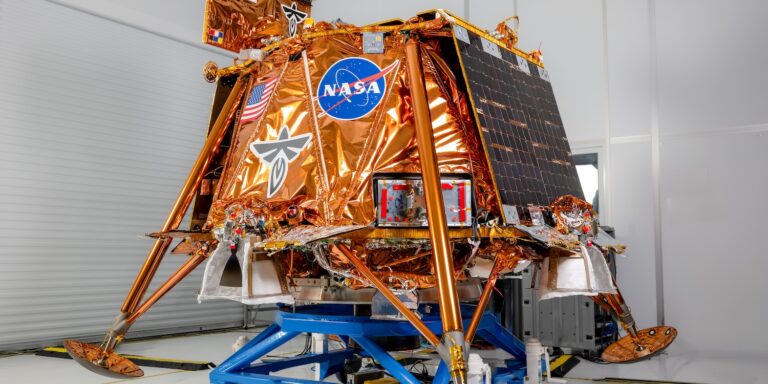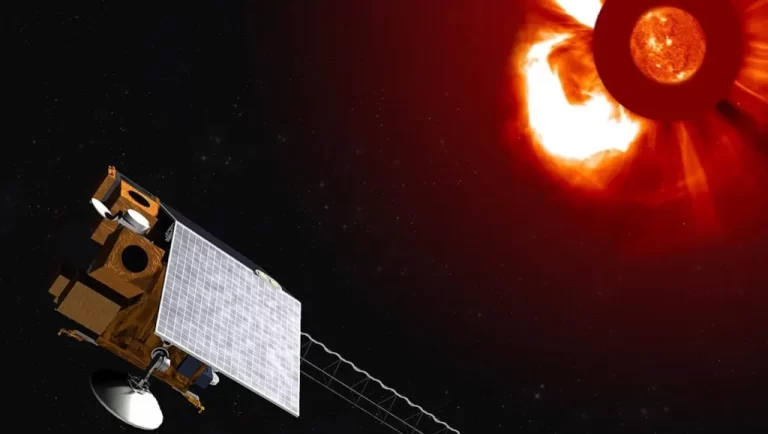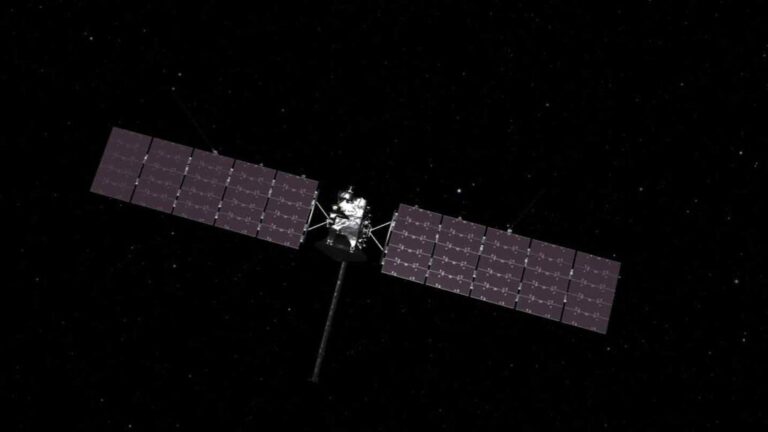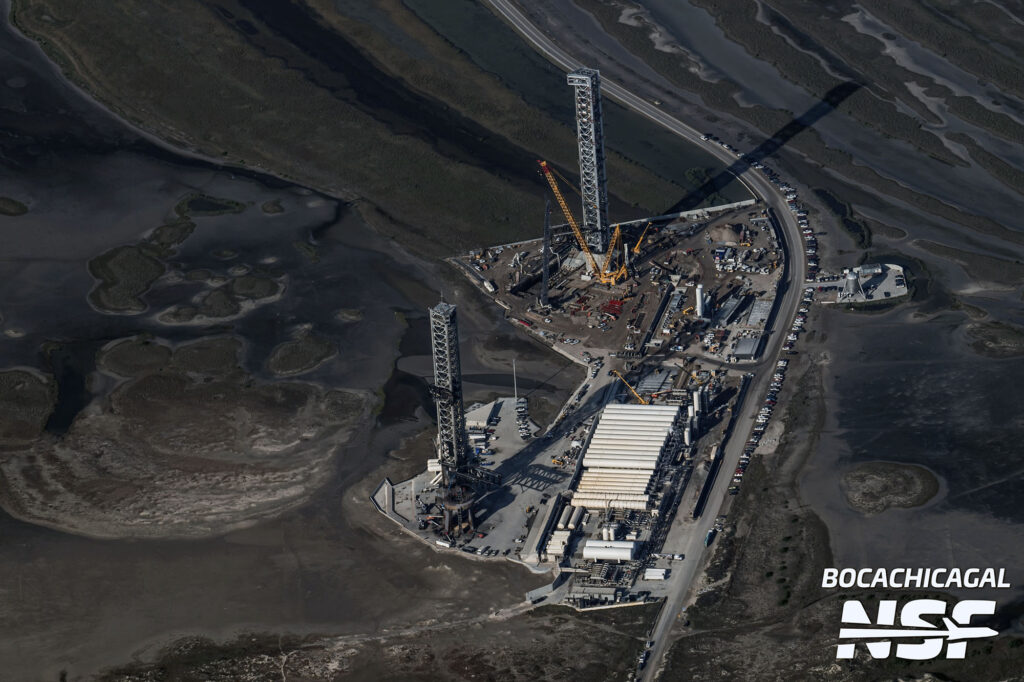
In recent months, the events at the Starbase base in South Texas have mostly revolved around the construction of the second orbital launch pad, which is often referred to as Pad B. In many cases, SpaceX uses the knowledge gained from the operation of the first pad (Pad A) on it. This is an extensive upgrade to increase the overall reliability of the next generation ramp. So far, chopstick arms have been installed on the service tower, and progress can also be seen on the propellant storage tank and the flue gas drainage ditch.
Chopsticks
The two arms of the chopsticks and the cart that drives them along the service tower recently arrived at the construction site of the new ramp. Subsequently, they were assembled and placed on the tower, which was helped by the Buckner LR11000 crane, which SpaceX briefly borrowed for this purpose. On February 6, teams on the tower began threading the rope system that moves the arms up and down. This rope, which is separate from the main rope, helps start the process of threading the ropes. Teams will have to run the rope from the main spool, through the tower down to the travel block, back up the tower and finally back down to the winch.

Once this activity is complete, SpaceX will need to add actuators to each arm to perform the appropriate movements. They are currently resting at the Sanchez site and will probably be moved when the rope is completed. During that time, the teams will also install stabilizers, which are currently being built at the Sanchez site.
SpaceX is trying to get these chopsticks up and running as soon as possible for one reason – the teams are likely planning to use Pad B for the first Starship grab. This could happen as early as the ninth flight, if the eighth goes smoothly. This is so that workers don’t have to rush to get the SuperHeavy rocket off Ramp A before the Starship is intercepted. Plus the chopsticks on Ramp B are the only ones so far that are configured to grab the Starship – it has smaller edges on the landing rails. SpaceX can do all of this even without completing the ramp itself – this applies, for example, to the flue gas discharge trench or the OLM (Orbital Launch Mount) launch structure, which are not needed for the capture of the ship.
OLM for ramp B, flue gas deflectors and flue gas discharge trench

So far, SpaceX has completed much of the main OLM structure for Ramp B. This structure has three primary levels. The first one is supportive and hides some wiring, the second one is intended for supporting hardware, clamping jaws and clamps. The third level consists of a water-cooled steel plate. This is similar to the one used on Ramp A since the IFT-2 mission, only it will be placed on top of the OLM. This change is intended to significantly reduce the time between ramp readiness for the next start. While ramp A is thoroughly grilled by flue gas at every start, ramp B will be protected by a large amount of water from the OLM.
In addition to this plate, SpaceX has decided to make another change from Ramp A on Ramp B. It will use the same flue gas diversion system used on the new vertical test sites at Masseys and McGregor. This system uses many steel pipes to create a „flame bucket“ that water flows through and exits from small holes lining the pipes. This system does a fantastic job of suppressing noise and protecting the infrastructure from rocket engine fumes. There are a pair of these devices which, when completed, are inserted into the trenches and split the flue gas into two outlets. SuperHeavy Starship launches from this ramp will look similar to Saturn V launches from the LC-39 ramp, but with more steam.
The flue gas drainage ditch is also making significant progress as workers have already dug into its future bottom. This level is now being poured with a bond layer of concrete for stability so that the actual trench floor can be laid here. Once this activity is complete and the flue gas deflectors are in place, the final activity – the installation of the OLM – can probably begin.
Fuel tanks and a trench for commodities
Ramp B will use the same storage tanks as Ramp A. However, the pumps and coolers will be significantly different. Ramp A uses five pumps with eight coolers for liquid oxygen and four pumps with four coolers for liquid methane. However, ramp B is supposed to have only three coolers in total – two for liquid oxygen and one for liquid methane. These are larger coolers and the whole system is to be built much more efficiently based on the experience of Ramp A.
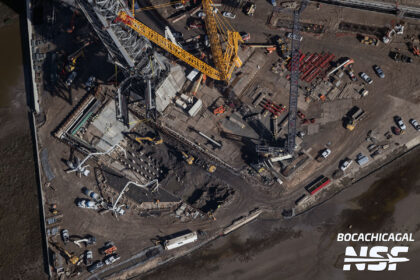
The propellants are supposed to flow through several pumps that have not yet been installed. They then reach the valve area, where their paths split to the individual coolers. After passing through the cooler, the propellants are released through double-walled vacuum tubes into a large commodity trench. Once the propellants get past the turret, the pipeline will branch out to supply both the Starship (via the turret) and the SuperHeavy (via the OLM).
With a larger diameter propellant feed line and added vaporizers to help create gas to backfill the propellant tanks during rocket refueling, SpaceX could cut SuperHeavy / Starship fill times down to 40 minutes, maybe even 30 minutes. If the teams made it to 30 minutes, that would be faster than the Falcon 9, which starts refueling at T-35 minutes. It is expected that the first launch from this ramp could take place at the end of this year, but before then the ramp will probably be used for Starship captures.

source: https://www.nasaspaceflight.com/
